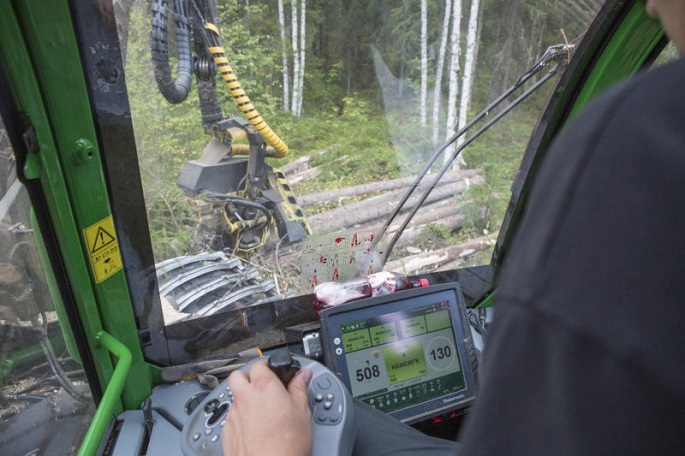Contracting brings extra income for many farms
Published : 17 May 2018, 03:41
Updated : 17 May 2018, 10:39
About 14,200 farms were engaged in other business activities in addition to agriculture and horticulture in 2016, according to the Natural Resources Institute Finland (Luke).
The number of farms increased by 200 compared to the preliminary data.
Contracting is the most common form of other business activities, with more than 7,000 farms engaged in contracting. The most common form of contracting is agricultural machine contracting. In addition, snow ploughing, road maintenance, excavation and forest machine contracting are other common business activities.
The number of farms engaged in other business activities has decreased by 2,500 farms, or eight per cent, since 2013, when the previous statistics of other business activities were compiled.
When analysed by region, the proportion of farms engaged in multiple business activities has remained unchanged or decreased in all regions, apart from the Åland Islands where the proportion has increased.
Other business activities are the most common on sheep, goat and horse farms
Greenhouse farms can obtain additional income by selling their products directly to consumers. Many farms obtain additional income by using their machines when they are needed in agricultural activities, such as in snow ploughing during winter.
“The time available has a significant impact on the opportunity to engage in other business activities. Domestic animal production is time-consuming and requires a lot of work, without offering many opportunities for other business activities,” said Jaana Kyyrä, senior statistician at Luke.
According to Kyyrä, these farms increasingly use contractors to carry out part of their workload.
In 2016, roughly 23,000 people worked on farms in other business activities. Half of these were farmers or joint owners of enterprises. Other business activities employed 7,600 hired employees and more than 4,000 family members. Other business activities employed roughly 20 per cent fewer people in 2016 than in 2013.
The number of people engaged in other business activities is the highest in the Ostrobothnia region, where more hired employees work in other business activities than in other regions.
Other business activities employed approximately 8,800 person years. Since 2013, the amount of other business activities has decreased by nearly 20 per cent. Hired labour worked nearly as much as farmers and joint owners of enterprises. Family members performed the lowest amount of work.
In winter 2016–2017 in conjunction with the collection of data for the Farm Structure Survey, agricultural and horticultural companies were asked to describe their engagement in other business activities.


